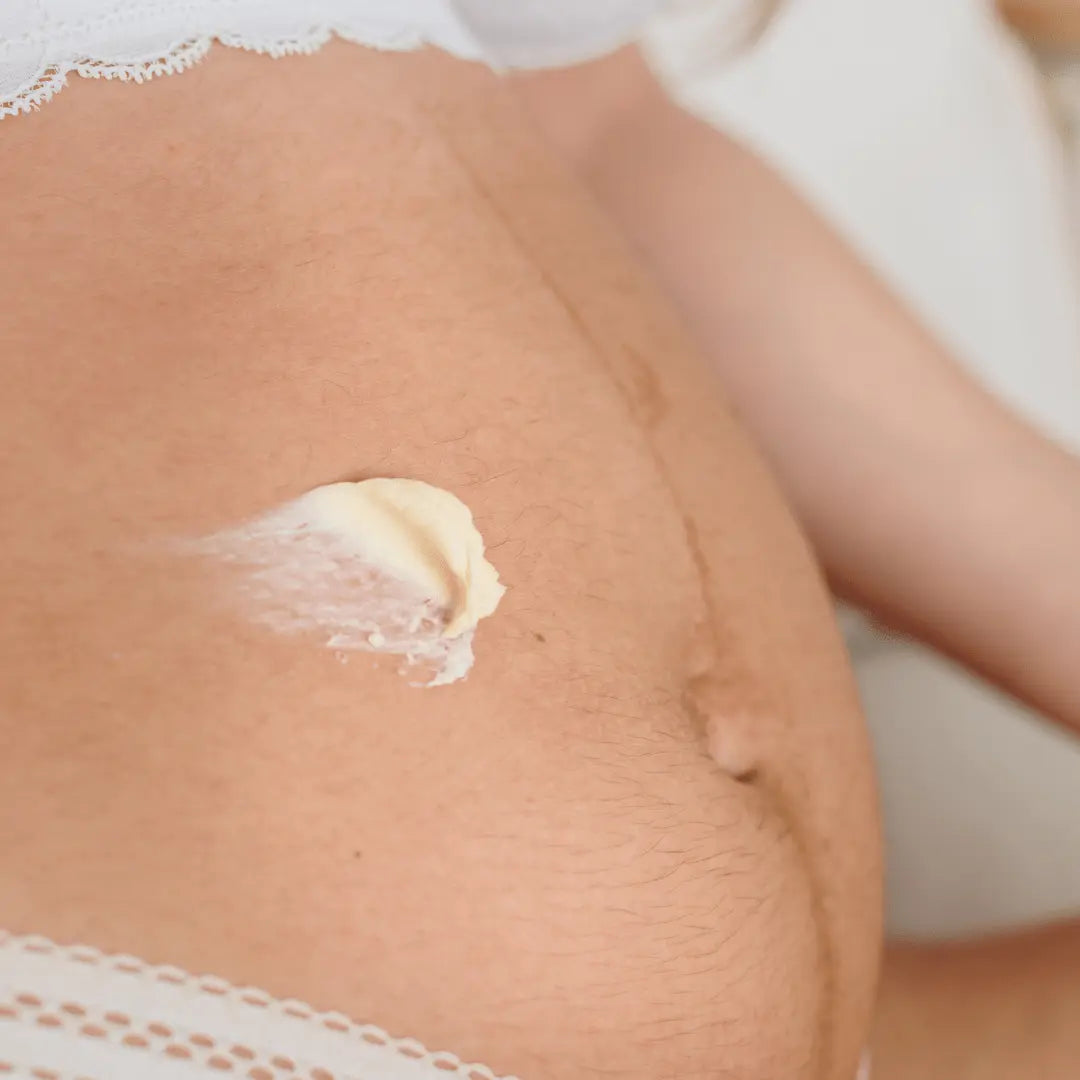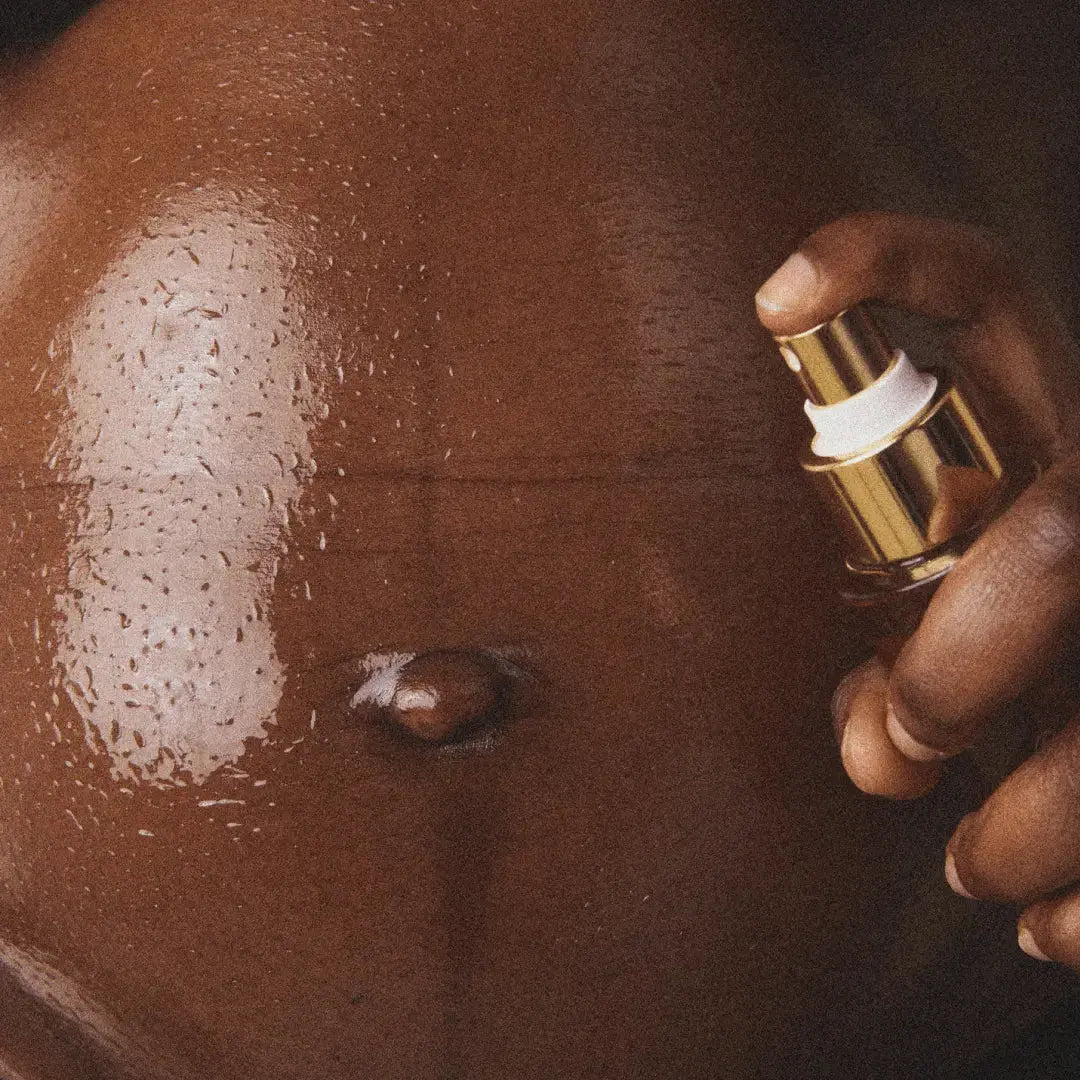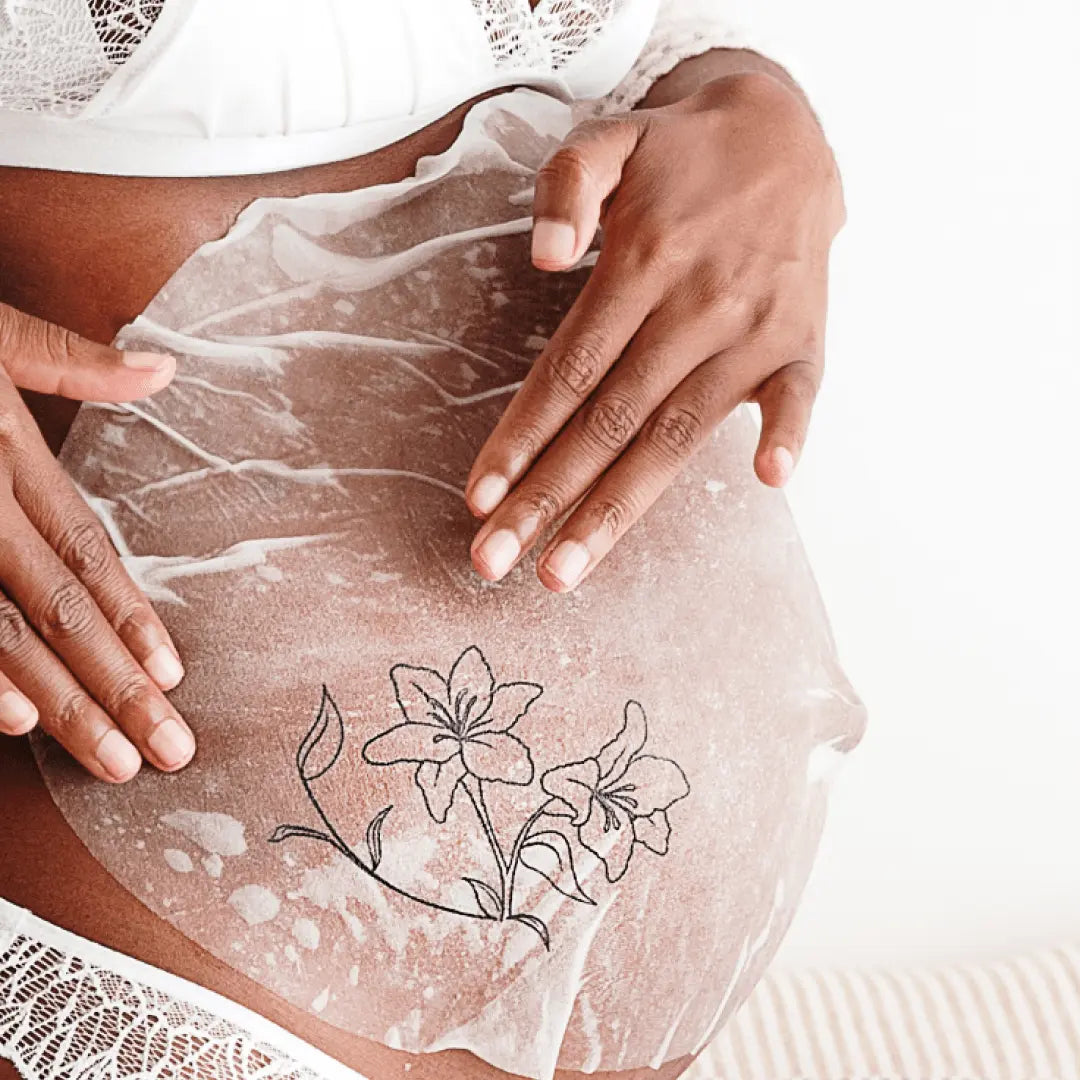Daylily Paris is a brand of clean, sensorial and effective skincare products, made in France and 100% compatible with pregnancy and breastfeeding. We're also committed to sharing quality information for an enlightened and relaxed maternity. 🧡


- Regular price
-
35,90 € - Regular price
-
- Sale price
-
35,90 €


- Regular price
-
30,90 € - Regular price
-
- Sale price
-
30,90 €


- Regular price
-
99,00 € - Regular price
-
167,80 € - Sale price
-
99,00 €
- Training or labor contractions?
- Clues that announce the birth of a baby
- How to recognize childbirth contractions?
Training or labor contractions?
You are certainly familiar with uterine contractions, since they punctuate the daily lives of many pregnant women from the second trimester and are then felt throughout the pregnancy. Future mothers who are experiencing a first pregnancy will quickly become familiar with this new sensation: with each contraction, for a few seconds, the stomach tightens and becomes hard, before regaining its flexibility.
Contractions often appear around 4 months of pregnancy, and they simply reflect the activity of the uterus, which casually begins to prepare for childbirth and helps the fetus to position itself well. This is why they are called training contractions, or Braxton Hicks contractions. Their characteristics? These are irregular contractions, few in number (around ten per day maximum), and without a precise rhythm. They are of course not painful: you feel them more or less markedly, but they do not create any particular discomfort or suffering.

Certain situations can encourage their occurrence. Many pregnant women report more contractions in the evening, when fatigue begins to be felt, or when changing position, after a car journey or a sports session.
Of course if these contractions become regular, painful, frequent or if they are accompanied by other symptoms (bleeding, headaches, etc.), you must consult without delay.
You don't feel uterine contractions ? There's no need to worry! Some expectant mothers only notice the onset of contractions at the end of pregnancy. This is even more common among women who have never had a baby: the sensation of contraction is unknown to them and is therefore not always identified as such.
Generally, as childbirth approaches, contractions will become more numerous and more pronounced. How do you know if these are “real contractions” and if you should go to the maternity ward?
Clues that announce the birth of a baby
Loss of the mucus plug
To recognize labor contractions, a few clues can alert you. Perhaps you have recently lost the mucous plug, the viscous mucus that aims to protect the cervix from bacteria. The mucous plug clears naturally a few days to a few hours before the start of labor and indicates that the cervix is starting to change in preparation for the birth of the baby. Didn't you notice anything? Be aware that for some women, its disappearance can go completely unnoticed!
Breaking water or crack in the pocket
Another phenomenon that can announce a (very) imminent birth: the loss of water. So of course, if your water breaks massively, there is no doubt: my water breaks = I go to the maternity ward without delay, even if there are no contractions. But it happens that the amniotic fluid pocket is only cracked: in this case you may notice a very light flow, in several stages, which could even pass for a urinary leak, because the amniotic fluid is fluid and transparent. In this case, same reaction: head to the hospital for a check-up, even if you do not contract at the same time.
How to recognize childbirth contractions?

Several things will characterize childbirth contractions:
- They are frequent : nothing to do with the training contractions which appear here and there, they occur in number!
- They are painful : pain is generally a good indicator of whether they are “real contractions”. The contractions become more and more marked to allow the dilation of the uterus.
- They are regular, for example every 5 minutes. The gap between two contractions will gradually reduce, and during your preparation for childbirth, your midwife has certainly advised you to go to the maternity ward when you have rhythmic contractions, for example every 5 minutes for two hours. If you have already had one or more children, it is a safe bet that this new birth will be faster: do not hesitate to leave after an hour of frequent contractions, or if they are still getting closer together. You can write down the time of your contractions in a notebook, or use an app to measure the time between two contractions.
- They gradually lengthen: a labor contraction lasts between 30 and 90 seconds – their duration and intensity increase with the progress of labor.
- They don't go away, whatever you do: your midwife or gynecologist may have advised you to take a hot bath or an antispasmodic (like Spasfon) in case of contractions. In the case of false labor, heat or medication will stop it and make the pain disappear. Nothing stops them ? It's then time to load your maternity suitcase and head to the hospital!
You should know that it is not uncommon, around 8 months of pregnancy, to experience several episodes of contractions before labor really begins. Everything is there: the frequency, the pain, the regularity, but at the maternity ward, the midwife announces that the cervix is still closed and that you have to return home... This is what we call "false labor". Patience, these episodes of contractions are a sign that your body is preparing and the big meeting with baby is now very close!












































